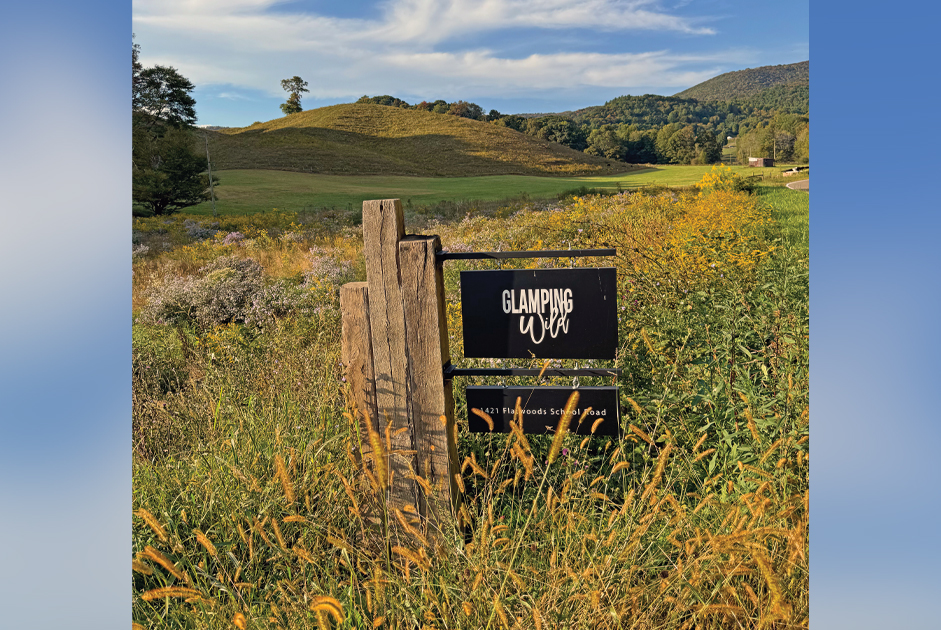Christmas is filled with love, giving, feasting, and…symbolism! We grow up engulfed in the sights of Christmas trees, reindeer, and gingerbread men around this time, but many of us may not know how these traditions emerged. There is a story and significance behind these traditions. ’Tis the season to be enlightened! Here are the stories behind some of the most popular traditions.
STUFFED STOCKINGS
This particular tradition was inspired by an old folktale about the original Saint Nicholas. Every holiday season, Saint Nicholas would travel through impoverished neighborhoods and visit homes of those in need. He would bring gifts and spread cheer among those suffering families. One day, he came upon a widower who just lost his wife. The widower could not afford to give substantially to his daughters. He was too prideful to accept money from Saint Nicholas, so the Saint dropped money down the widower’s chimney, and it happened to fall into some of his daughters’ stockings that he was hanging up to dry over the fireplace! This folktale gave birth to modern traditions where family stockings are hung over the fireplace, ready to be stuffed with gifts on Christmas morning.
CANDY CANES
These slender, sugary candies have evolved a long way and were quickly adopted as a Christmas treat. They made their debut as a single white candy stick back in 1837, but after a few years, red stripes were added. Around 1920, these straight candy sticks were given the “J” shape thanks to Bob McCormack, a famous candy designer, turning the candy stick into a “candy cane.” Throughout the years, many Christians gave the candy cane a spiritual significance based on its parts. The “J” shape represents Jesus, the white of the cane symbolizes His purity, while the red stripes tell the story of His crucifixion and the blood He shed for our sins. The mint flavor could stand for the hyssop plant that was used for purification in biblical days. And that meaning still stands today!
EGGNOG
This popular holiday beverage has a lengthy history as it dates back to 1607. The very first batch of eggnog was made at Captain John Smith’s settlement in Jamestown. Back then, it was called egg and “grog,” which is a drink made with rum. The name was eventually changed to eggnog. This adult beverage contains milk, sugar, eggs, and some liquor, while the family version contains no liquor at all.
FRUITCAKE
Although not as popular as before, the tradition of fruitcakes dates back to the 16th century. Back then, people discovered that fresh fruit could be stored and preserved in large amounts of sugar solution, making the fruit candied. Since sugar was so inexpensive at the time, many colonies could afford it and stuff their fruit in sugar and ship it to European colonies as a gift. By the end of the 19th century, people were stuffing candied fruits, such as pineapple, plums, pears, cherries, and nuts, into a cakelike form. This process of giving and sharing with distant loved ones became a well-known Christmas tradition.
CHRISTMAS TREES
Definitely the most obvious of all holiday traditions, the Christmas tree made its grand entrance back in the 17th century. Tree worship was common among European pagans. So German Lutherans popularized the modern Christmas tree traditions by bringing it to the United States upon immigration in the 1820s. In 1840, Prince Albert came to England to marry Queen Victoria and brought a Christmas tree with him. The whole royal family decorated the tree with small toys, candles, and candies. When a photo of this embellished tree famously appeared in a London newspaper, that’s when other nations, including the United States, became familiar with the new tradition and began adopting it as their own!
While we may take these traditions for granted, it’s important to know where they came from in order to know our purpose for celebrating with them. Happy holidays!




















